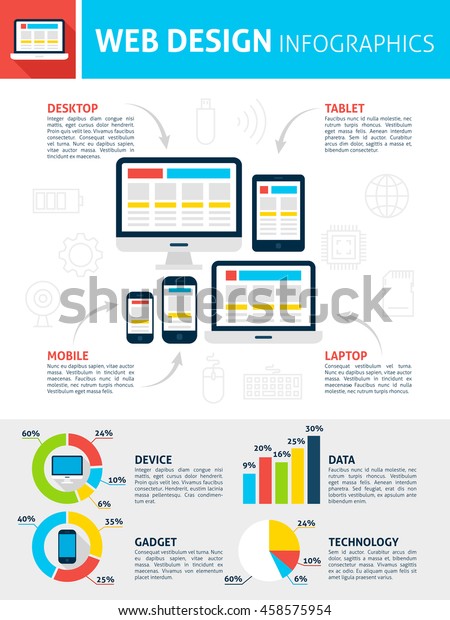The Evolution Of Web Site Layout: From Past To Existing
The Evolution Of Web Site Layout: From Past To Existing
Blog Article
Short Article By-Jonasson Wong
In the past, websites were easy and focused on information. Navigating was direct, and layout was for desktops. Currently, individual experience is essential. Information guides layouts for very easy navigation. Receptive formats fit different devices. Today, dark setting lowers stress, and minimal menus boost navigation. Interactive features engage users, and bold visuals attract attention. AI combination increases engagement. See exactly how design has actually evolved to enhance your on the internet journey.
Very Early Days of Website Design
In the very early days of website design, simpleness reigned supreme. Internet sites were basic, with minimal shades, fonts, and formats. The focus was on offering info instead of showy visuals. Customers accessed the internet with slow dial-up links, so speed and capability were vital.
Navigating food selections were straightforward, commonly situated at the top or side of the web page. Web sites were developed for desktop computers, as mobile surfing wasn't yet prevalent. Web content was king, and developers prioritized easy readability over complicated layout components.
HTML was the main coding language utilized, and designers needed to work within its constraints. Animations and interactive attributes were very little compared to today's criteria. Web sites were fixed, with little vibrant material or customized individual experiences.
Increase of User-Focused Style
With the evolution of website design, a shift in the direction of user-focused design principles has actually ended up being progressively popular. Today, creating internet sites that prioritize user experience is important for engaging site visitors and attaining company objectives. User-focused design includes comprehending the requirements, choices, and behaviors of your target market to customize the web site's layout, web content, and features accordingly.
Designers now carry out comprehensive research, such as individual studies and usability testing, to collect insights and comments directly from individuals. This data-driven technique assists in developing user-friendly navigation, clear calls-to-action, and visually enticing user interfaces that reverberate with visitors. By positioning the individual at the facility of the layout process, internet sites can provide a more individualized and pleasurable experience.
Receptive layout has actually also become an essential element of user-focused design, ensuring that websites are maximized for different tools and screen dimensions. This versatility boosts access and usability, satisfying the varied means users communicate with web sites today. Basically, the surge of user-focused design represents a change towards developing electronic experiences that prioritize the demands and assumptions of completion user.
Modern Trends in Website Design
Check out the most recent fads shaping web design today. One noticeable fad is dark setting style, providing a streamlined and modern look while reducing eye strain in low-light atmospheres. Another vital trend is minimalist navigating, simplifying food selections and improving customer experience by concentrating on essential elements. Incorporating micro-interactions, such as computer animated buttons or scrolling impacts, can produce a much more interesting and interactive internet site. Responsive layout remains critical, making sure smooth individual experiences across numerous tools. Additionally, utilizing please click the next website and unbalanced layouts can add visual rate of interest and accentuate details web content.
Integrating AI modern technology, like chatbots for customer assistance or individualized suggestions, boosts individual involvement and streamlines procedures. https://seoservicesforsmallbusine62840.mybuzzblog.com/9442829/boost-your-website-s-efficiency-with-on-page-seo-mastery has additionally come to be a significant trend, with developers focusing on inclusive layout methods to satisfy varied user demands. Welcoming sustainability by enhancing website efficiency for rate and effectiveness is another arising pattern in website design. Collaborating with user feedback and information analytics to iterate and improve design continuously is important for remaining appropriate in the ever-evolving digital landscape. By accepting these modern-day trends, you can produce a visually enticing, user-friendly web site that reverberates with your target market.
Final thought
As you review the advancement of web site style from the early days to currently, you can see exactly how user-focused design has actually become the driving force behind contemporary patterns.
Embrace the trip of modification and adjustment in web design, constantly maintaining the user experience at the center.
Remain current with the most recent fads and modern technologies, and never ever quit developing your technique to create visually stunning and straightforward web sites.
Advance, adapt, and produce - the future of website design is in your hands.
